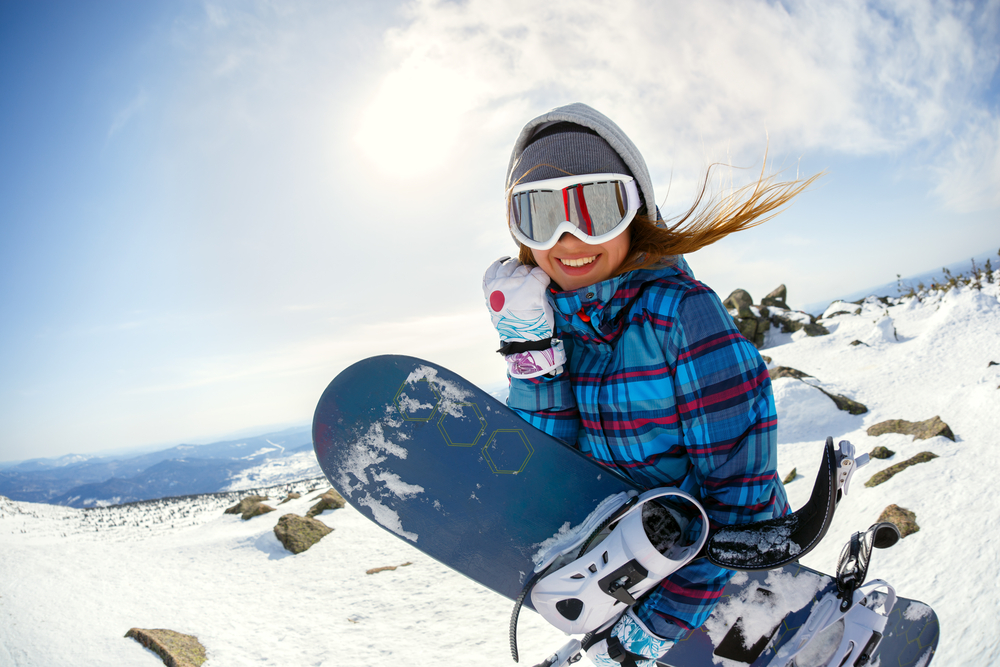Snowboarding season is here. And that means taking care to prevent injuries.
Winter is here! And as snow begins to fall, winter sports enthusiasts dust off their snowboards for a long-awaited return to the slopes. As exhilarating as a glide down a snow-covered mountain can be, experienced snowboarders know a top priority is preventing an injury.
There are many different common snowboarding injuries to watch out for. A wrist fracture is one of the most common snowboarding injuries. To stop a fall, snowboarders typically reach out with their arms. Although that’s a natural reaction, it leaves the wrist vulnerable to a break or sprain. Snowboarders can also injure their ankle, spine, and shoulder if they take a tumble on the slopes. But don’t despair snowboarders! You don’t have to give up your favorite sport. There are some preventative measures you can take to keep yourself safe and pain-free on the slopes.
5 tips to prevent snowboarding injuries
A serious orthopedic injury can keep you off the slopes for months — or worse. If you want to enjoy your sport all winter long, follow these five tips to prevent an injury.
Train before you hit the slopes. Even if you’ve been snowboarding for many years, you’re bound to be a bit rusty after months of not practicing the sport. Jumping onto your snowboard without preparing your body only increases the chances for an injury. And if you’re a beginner, getting your body in shape is even more important. So plan ahead before you hit the slopes.
About six to eight weeks before the season starts, build up your strength by lifting weights or doing exercises such as lunges, pushups, and squats. Balance training can also help you maintain your posture on the snowboard. Don’t forget to stretch your muscles before and after a run. Tight muscles are more prone to injury. And go slowly at first.
Know your skill level. It’s natural to see pros completing high-flying jumps and to want to join them. Yet attempting a difficult jump beyond your current skill level can lead to serious head and spinal injuries. Work with a trainer on proper form, and practice, practice, practice before making a leap.
Fall the right way. Falls happen. But tumbles don’t have to result in an injury. Rather than breaking the fall with an outstretched hand, tuck in your shoulder and roll to your side to spread the impact over more of your body instead of your wrist. It’s a good idea to practice correct falling technique while on flat snow so you’re more ready if you need to implement it in the moment.
Get the right equipment. While getting your body into shape can prevent injuries, so can wearing the right equipment. Wristbands can cushion your wrist from sprains and fractures. Knee braces safeguard your vulnerable ligaments from injuries. And choose the right boot. You want a pair that supports the ankles, while also providing some flexibility. And always wear a helmet to protect against head trauma.
Work with a physical therapist. Unsure of what exercises you need to do before strapping onto your snowboard? Work with a physical therapist. They will show you the best muscle-strengthening exercises specifically designed for snowboarding.
Visit the orthopedic specialists
Snowboarding is fun and a great workout. But it can lead to injuries if you don’t take precautions. So take the time now to prepare for an injury-free snowboarding season.
New York Bone & Joint doctors and physical therapists can help you get ready for safe snowboarding with exercises and other tips. If you are worried about a potential injury, be sure to reach out right away. Contact us today for a consultation.




